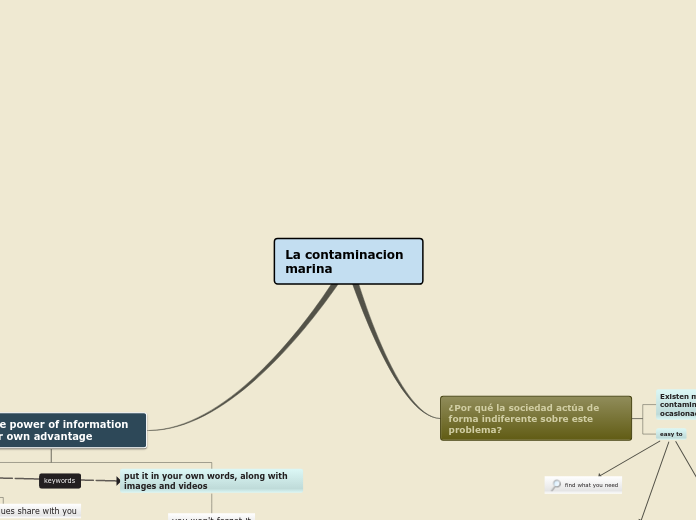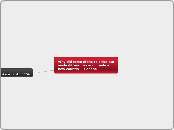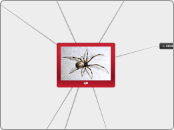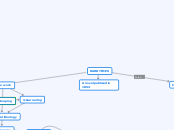da Joanna Vaughan mancano 7 anni
280
Models of Disability - no 'one size fits all'.
The medical model focuses on diagnosing and treating physical deficits within individuals, aiming to make them conform to typical standards rather than embracing diversity. This approach often labels children as abnormal, separating them from their peers for treatment, and perpetuates negative perceptions of disability.









